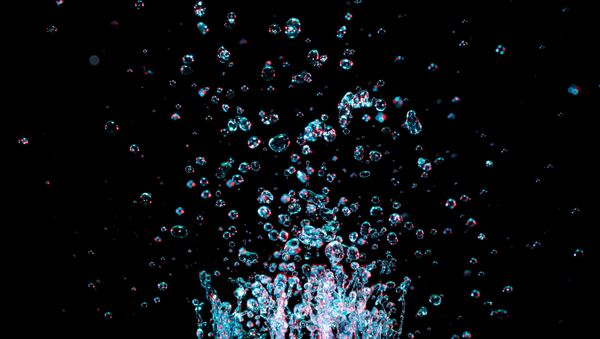The new device, which makes use of biosensors, picks up on concentrations of hydrogen sulfide as small as 100 microliters (1,000,000 microliters is the equivalent of 1 liter). This is several orders of magnitude below a concentration of hydrogen sulfide that would prove dangerous for a healthy adult.
The prototype tool uses biopolymer film equipped with ultrasensitive receptors. If it begins to glow, this signals the presence of hydrogen sulfide, a university press release explained.
"In the course of experiments, we created a luminescent sensor system based on protein complexes formed by the introduction of chemically bound CY3 fluorescent dye and myoglobin protein into a biopolymer matrix," Alexander Sergeev, a researcher at the university's School of Natural Sciences, explained.
Sergeev also emphasized the practical importance of the new device. "With the help of this new technology, it's possible to carry out ecological monitoring of marine environments, and to conduct a broad range of biomedical research."
Hydrogen sulfide is a gas present in some water, giving off a characteristic 'rotten egg' odor at high concentrations. Often found in well water in rural environments, its presence has been known to cause nausea, illness, and in extreme instances, even death. Exposure in developed areas is often caused by nearby industrial and agricultural production, wastewater treatment plants, and things like oil and gas development. It also occurs naturally in some groundwater.
In recent years, researchers from the Far Eastern Federal University and the Far East Branch of the Russian Academy of Sciences have created several pioneering technologies allowing for the detection of hazardous chemicals. Among their creations is an optical sensor enabling the highly accurate measure of relative humidity, luminescent chemosensors which pick up amines and ammonia, and new tools for detecting metal ions in liquids, among others.



